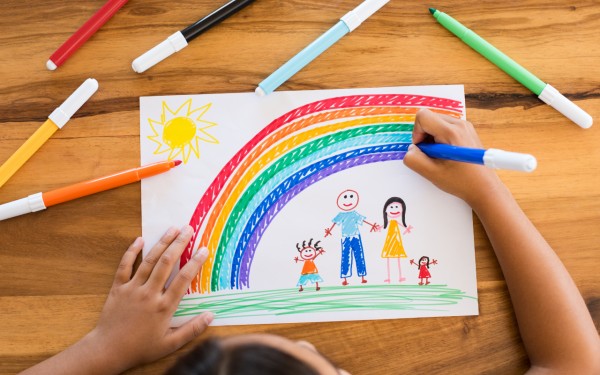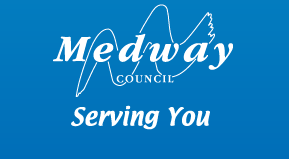Medway Council’s children’s services is committed to using the Signs of Safety model in all its work with children.
What is Signs of Safety?
Signs of Safety is a model of social work which emerged within child protection services in Western Australia in the 1990s. It has since been adopted by services and organisations around the globe. Signs of Safety is a strengths-based, solution-focused approach. It places an emphasis on professionals building relationships, both with families and with other professionals. It values simplicity of language and values “what works” in any given situation. This approach is combined with a risk assessment and planning framework. All work undertaken with the family, and their naturally connected network of support, is to create a practical and realistic plan which will protect the child.
Why choose Signs of Safety?
- To enable child protection agencies to deliver services with a rigorous focus on child safety and wellbeing.
- To ensure practices, policies and procedures help practitioners do everything possible to put the parents, children and everyone naturally connected to the children at the centre of assessment and decision making.
- To give the family every opportunity to come up with, and apply, their solutions before professionals offer or impose theirs.
- To ensure the full involvement of family and network, whether the child lives within or outside their family and kin.
- To ensure everything is done to sustain the child’s lifelong connection with their family, culture and community of origin throughout any involvement of children’s services.
How does Medway use Signs of Safety?
In Medway, we are implementing and embedding Signs of Safety in every service – from early help to adoption and everywhere in between. Signs of Safety is both an approach and an ethos. It takes time to fully embed within a service. Examples of how we are using the Signs of Safety approach and tools in Medway include:
- In every single interaction with a family we ask questions to look for the strengths and safety that may be present; from the first conversation with a worker in the MASH team to visiting a child in a foster placement.
- We “map” harm, complicating factors, strengths and safety in every assessment.
- We strive to always create a clear analysis that is shared with families. This helps them better understand professional worries using danger/ worry statements and safety/ wellbeing/ success goals.
- We use naturally connected networks to help form safety plans and these networks are consistently monitored to check they are working. This is communicated to children.
- We use scaling questions and other direct work tools during any visits to families, any monitoring meetings or discussions about families and (where things aren’t progressing) to track increasing worries.




 Facebook
Facebook X
X LinkedIn
LinkedIn Instagram
Instagram